Scientific Leadership Profiles
Simons Foundation, June 2018A collection of 12 short profiles on the Simons Foundation's scientific leadership. Part of the foundation's 2017 annual report.
A collection of 12 short profiles on the Simons Foundation's scientific leadership. Part of the foundation's 2017 annual report.
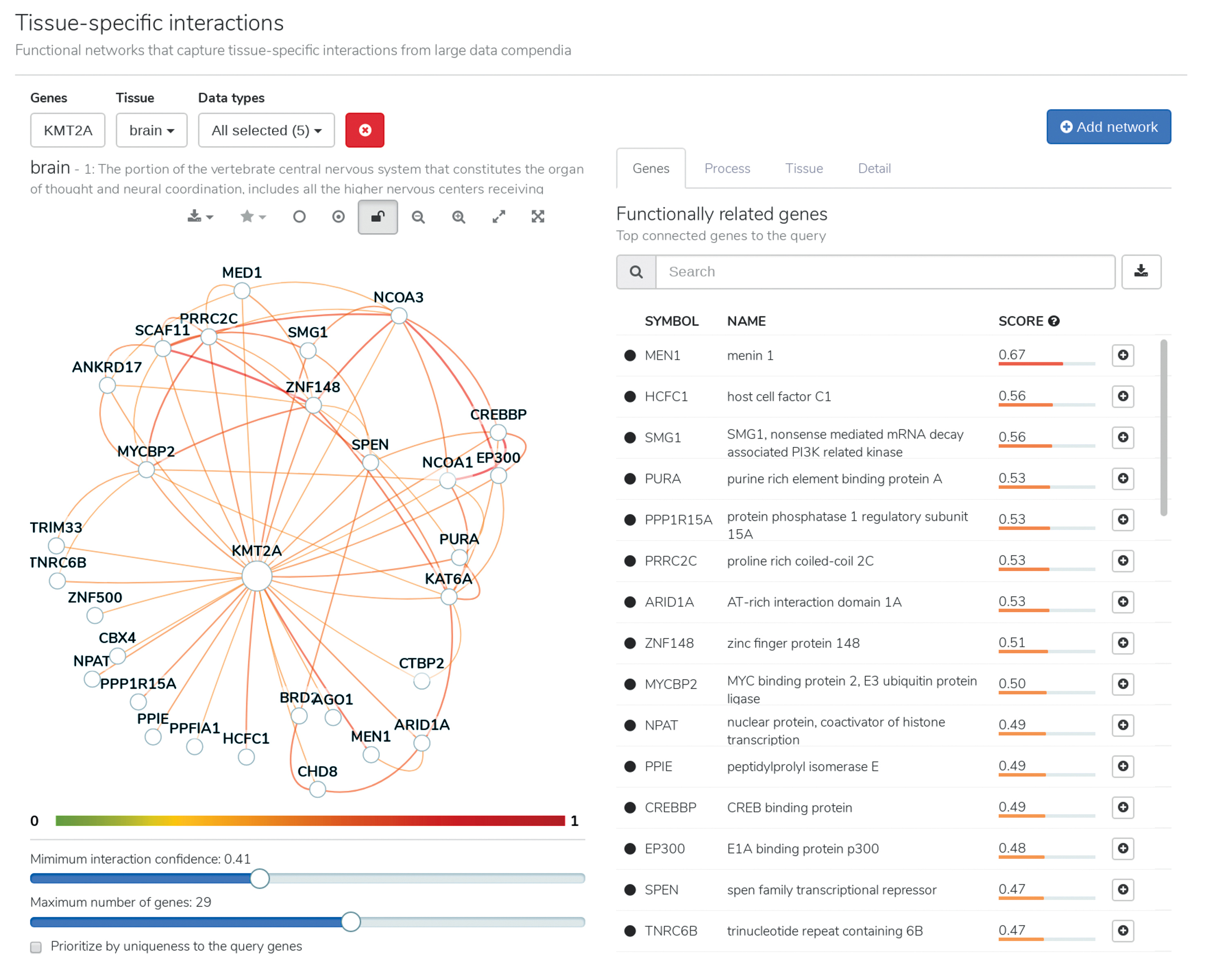
The human genome contains an estimated 19,000 genes. Those genes encode proteins that allow cells to carry out tasks such as ferrying oxygen molecules, fighting off diseases and communicating with fellow cells. But the function of most genes remains elusive, and scientists are still struggling to crack the human body’s full genetic code.
Article for the Simons Foundation 2017 annual report.

About 130 million light-years from Earth, the relics of two exploded stars neared the end of a spiraling, dyadic dance around each other. The dance partners were incredibly dense neutron stars: Just a teaspoonful of their neutron-rich star stuff has a mass of about 1 billion metric tons.
Article for the Simons Foundation 2017 annual report.

From early stone tools to silicon computer chips, materials have defined humankind’s progress. Electrons, discovered in 1897, are chiefly responsible for the physical properties of molecules and materials. The behavior of these charged particles determines why some metals hold an edge whereas others are pliable, why some substances react and others are inert, and why some materials conduct electricity and others insulate.
Article for the Simons Foundation 2017 annual report.
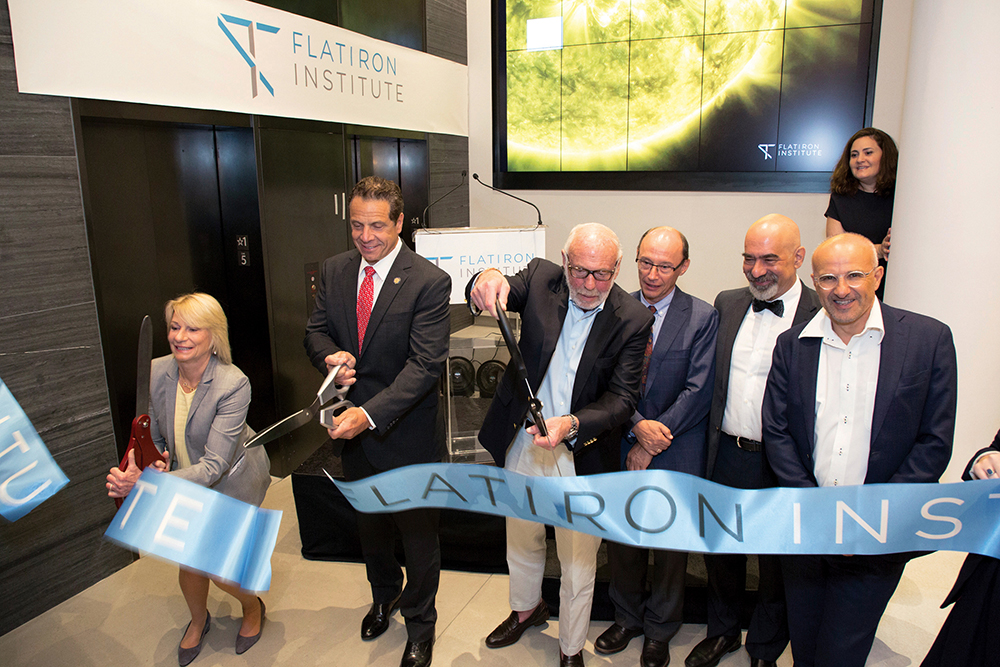
Within a brisk five-year period, the Simons Foundation’s new Flatiron Institute has grown from the germ of an idea floated at a foundation scientific retreat in 2012 to a large, bustling hub for developing computational methods. In a ceremony on September 6, 2017, Simons Foundation co-founders Jim and Marilyn Simons and keynote speaker New York Gov. Andrew Cuomo joined Flatiron Institute and Simons Foundation leaders to dedicate the new research division of the Simons Foundation. The event, held in the institute’s newly renovated lobby, celebrated early progress and hopes for the future.
Article for the Simons Foundation 2017 annual report.
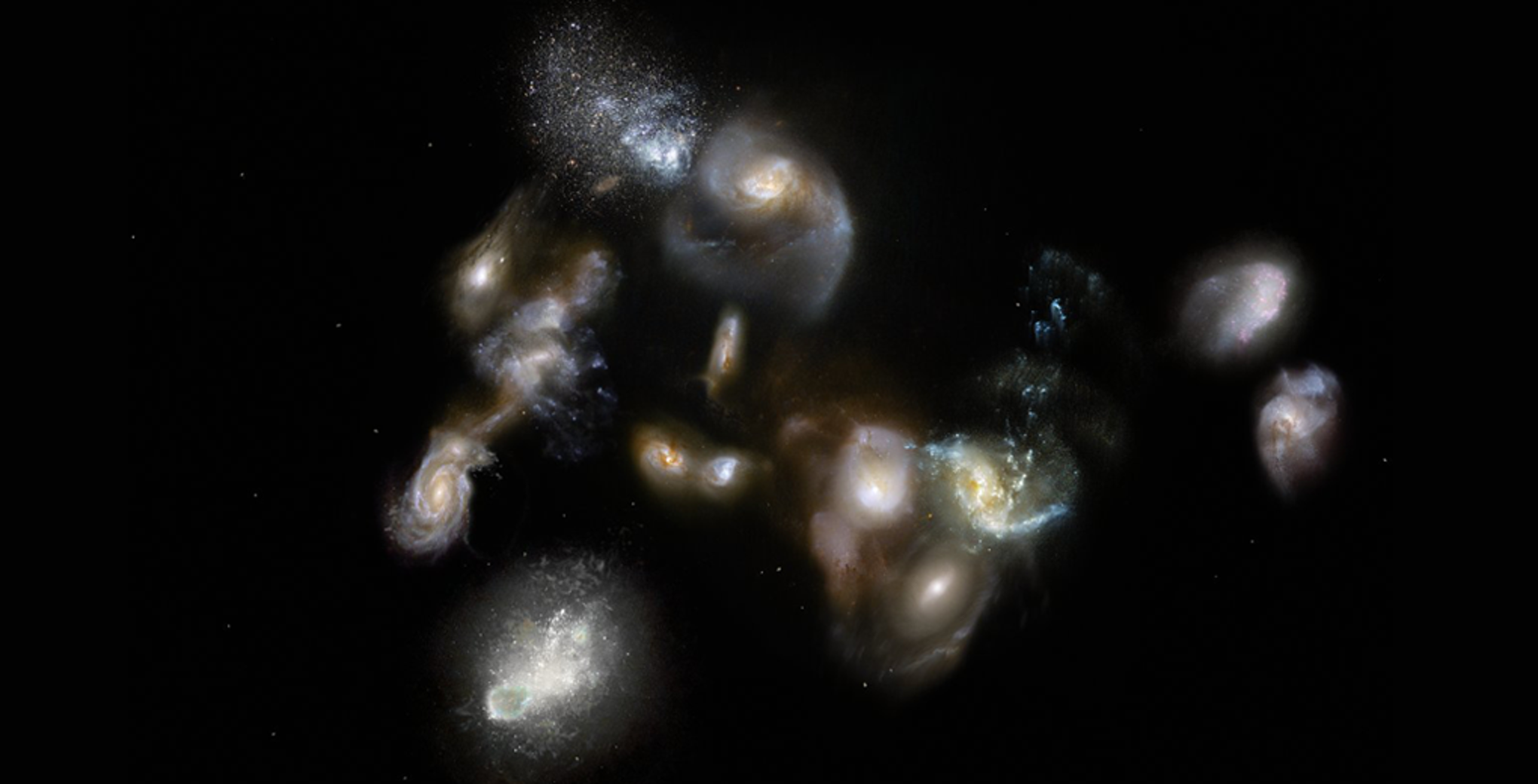
For the first time, astronomers have witnessed the birth of a colossal cluster of galaxies. Their observations reveal at least 14 galaxies packed into an area only four times the diameter of the Milky Way’s galactic disk. Computer simulations of the galaxies predict that over time the cluster will assemble into one of the most massive structures in the modern universe, the astronomers report in the April 26 issue of Nature.

The same techniques used to train self-driving cars and chess-playing computers are now helping physicists explore the complexities of the quantum world.
Picked up by Futurism, Space Daily, Inverse and more.
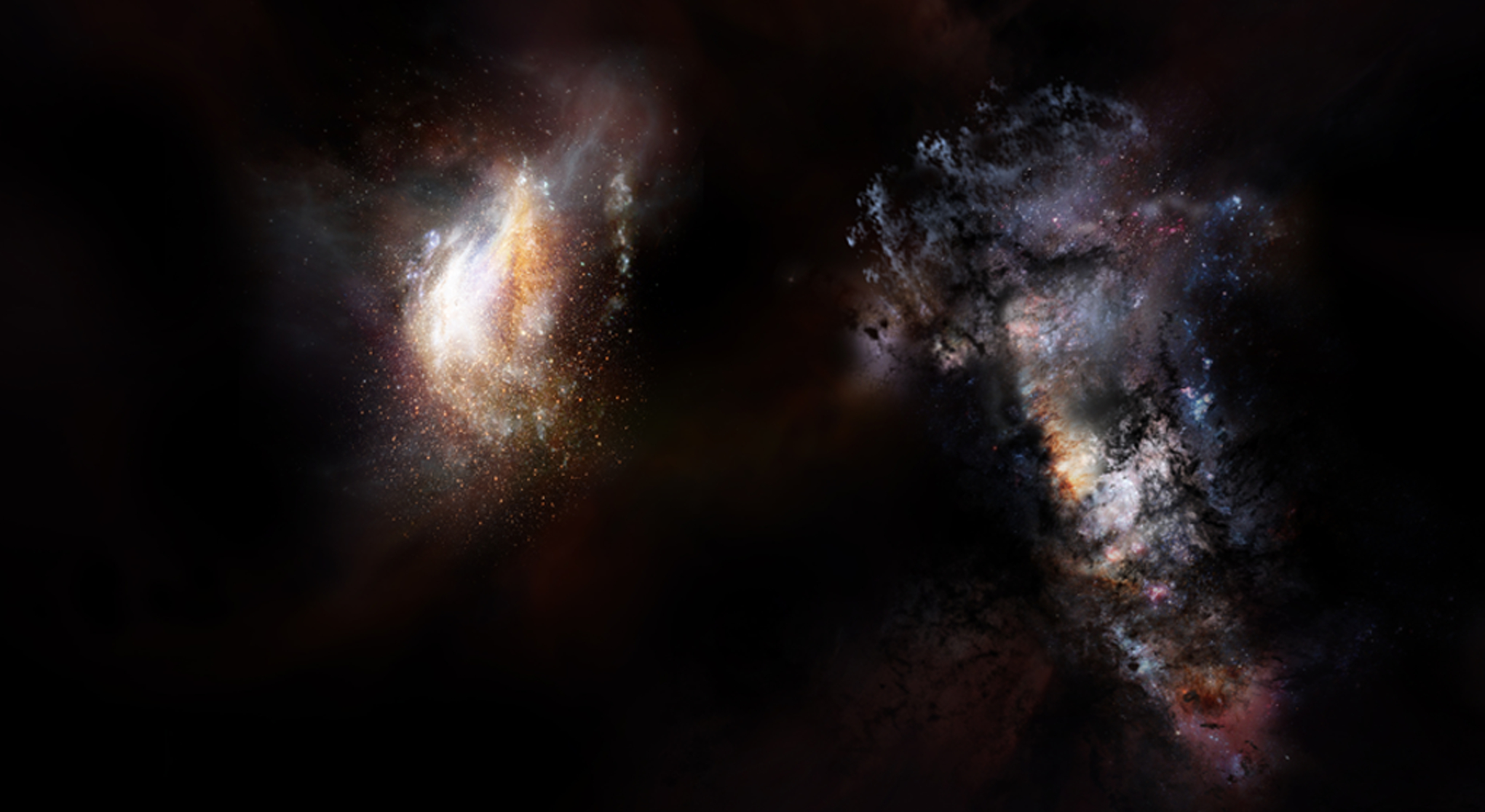
A newfound pair of galaxies from the early universe is so massive that it nearly breaks the current understanding of how the cosmos evolved.
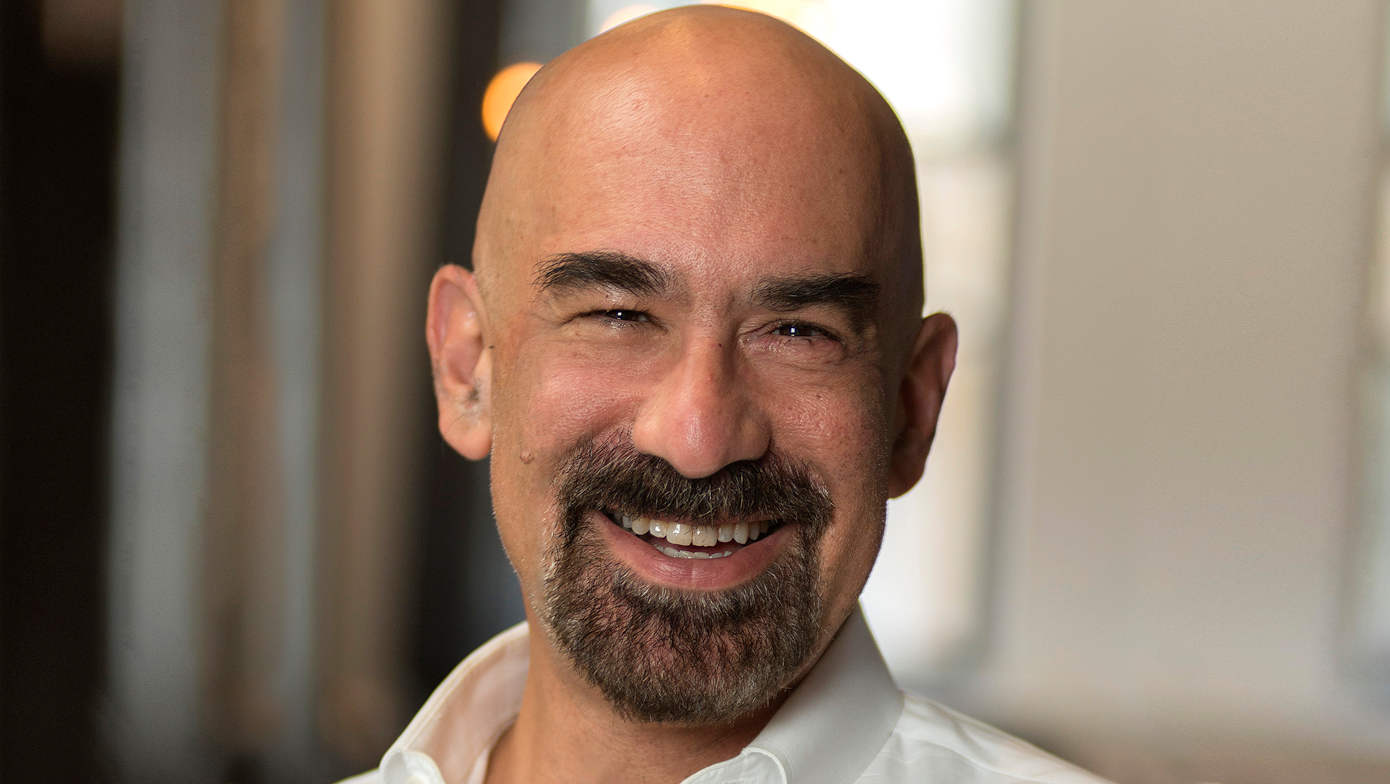
On December 3, astrophysicist David Spergel was honored with the 2018 Breakthrough Prize in fundamental physics for his work mapping the early universe. He shares the award with Charles Bennett of Johns Hopkins University, Gary Hinshaw of the University of British Columbia, and Norman Jarosik and Lyman Page of Princeton University. Page is currently on sabbatical at the Flatiron Institute in New York City.
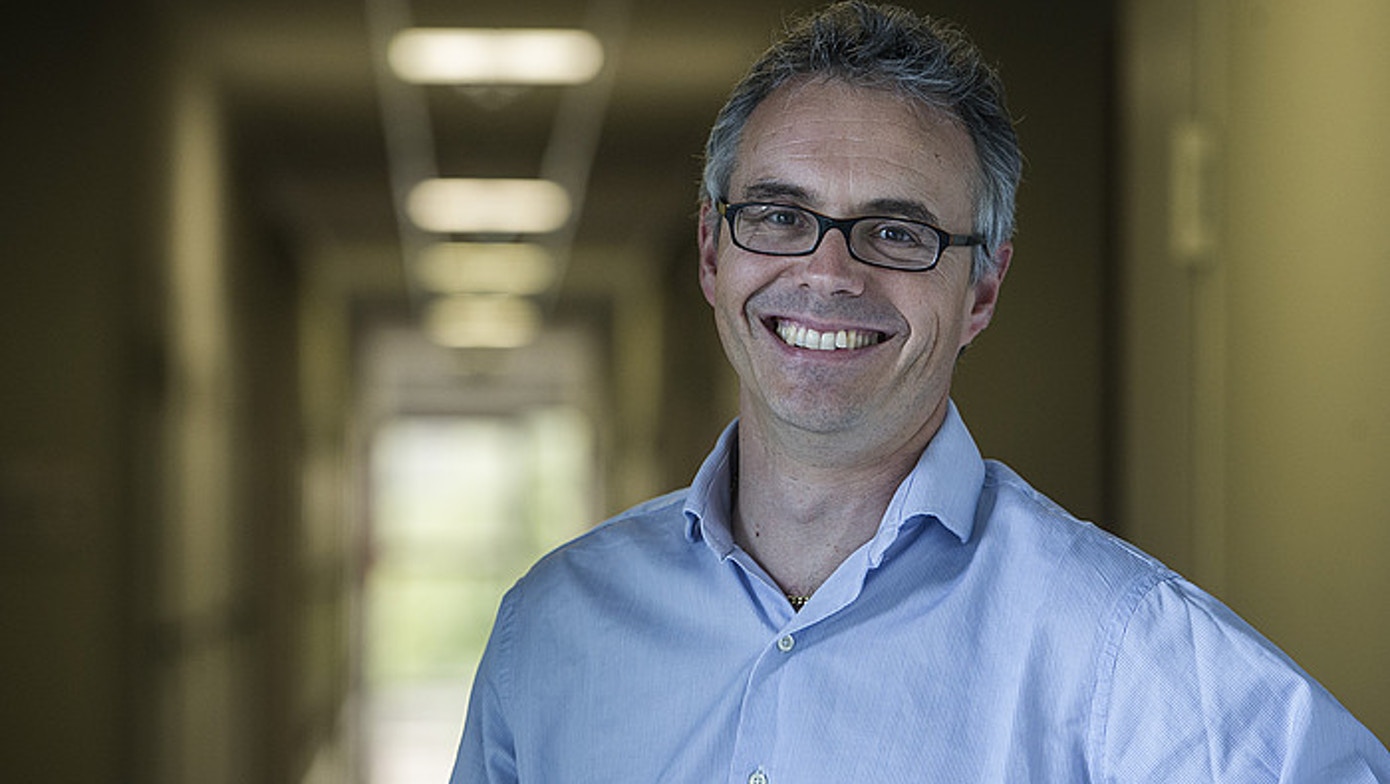
The Institute of Physics and the German Physical Society have awarded the 2018 Max Born Medal and Prize to theoretical physicist Angel Rubio.